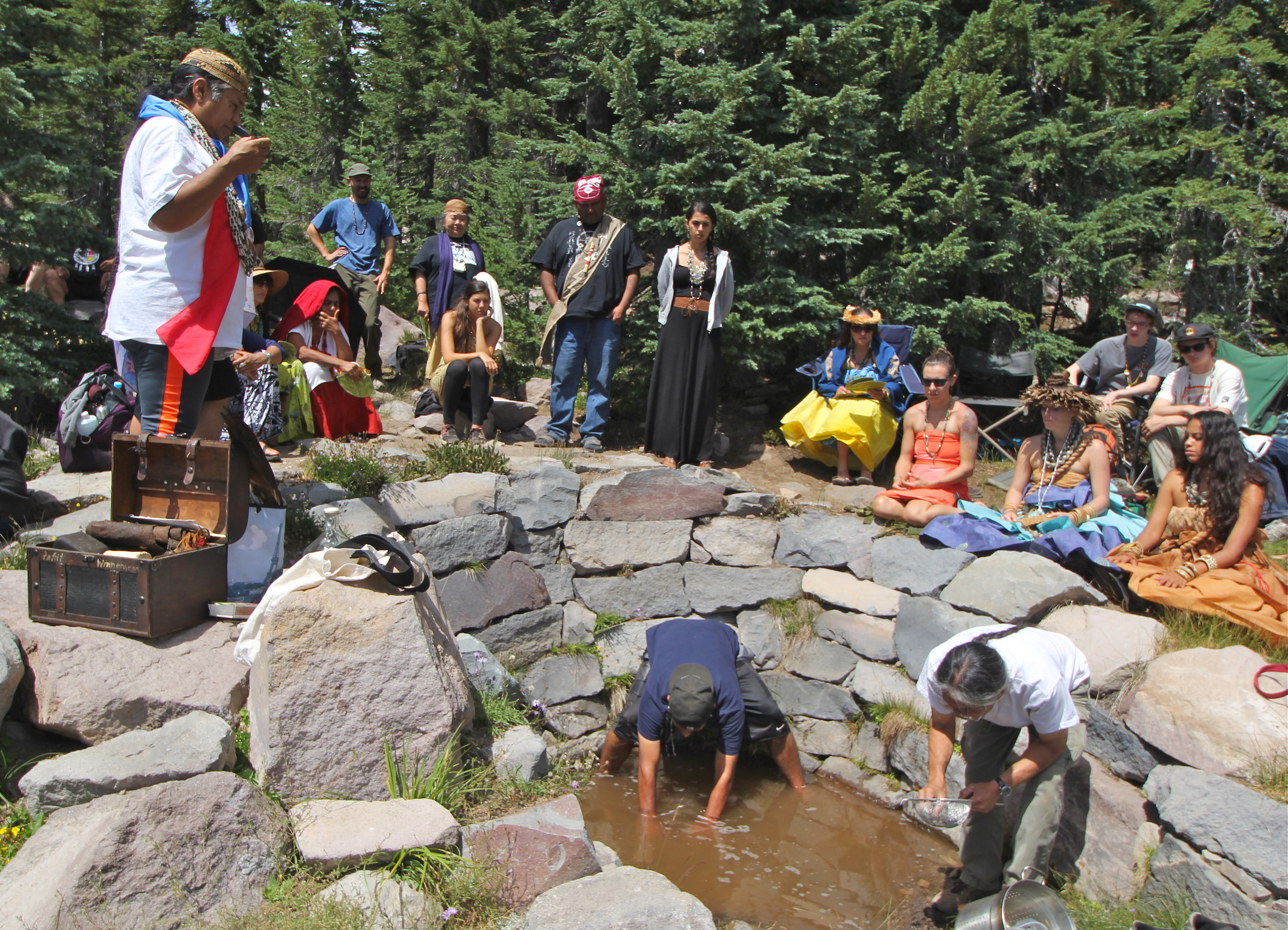Hanging Animal Furoshiki! Eeeee, so cute!
A fun and adorable, contemporary twist on the furoshiki (風呂敷), a traditional wrapping cloth that’s been around in Japan since the 700s. With a few simple folds these unique furoshiki transform into a carrier that resembles hanging animals that will transport your stuff anywhere!
Literally meaning “bath spread,” furoshiki were used to bundle clothes while at public baths. But nowadays people use them to bundle or gift-wrap all sorts of things like lunches, accessories and bottles of wine or sake. Nothing to carry? You can use it around your neck as a scarf too!
They’re newly available in the Spoon & Tamago Shop for $35.
I must have the bat! Must have.
Now we have what might just be the best candle ever. I think protesters should be bulk ordering these.
Living in New York, artist Nao Matsumoto had found himself relying on the middle finger gesture quite frequently. But when he nearly sliced off his middle finger while cutting wood in his studio it made him realize the severity of the potential loss – an accident, he says, that would have been equivalent to losing his voice.
So the Brooklyn-based Japanese artist created a series of middle finger candles. Each candle is hand-made by Matsumoto himself and comes from a mold made from his own hand. The candles were originally used to protest the use of nuclear energy in Japan on the anniversary of the March 2011 tsunami.You can read more about the protest Here.
You can order your very own middle finger candle here.

















